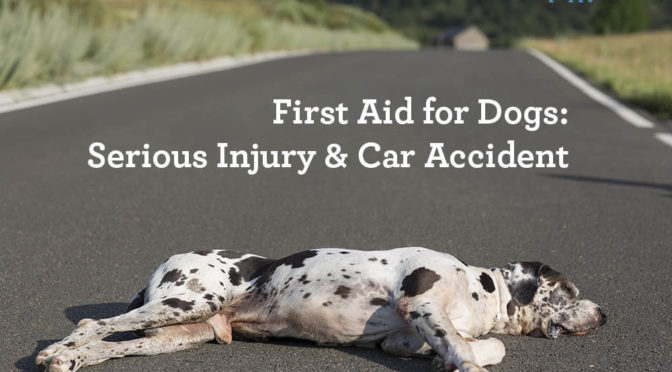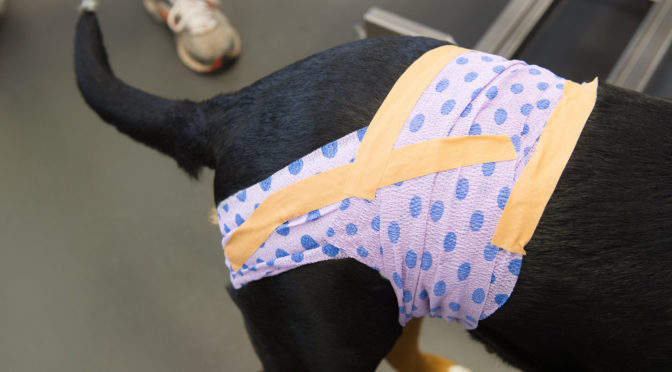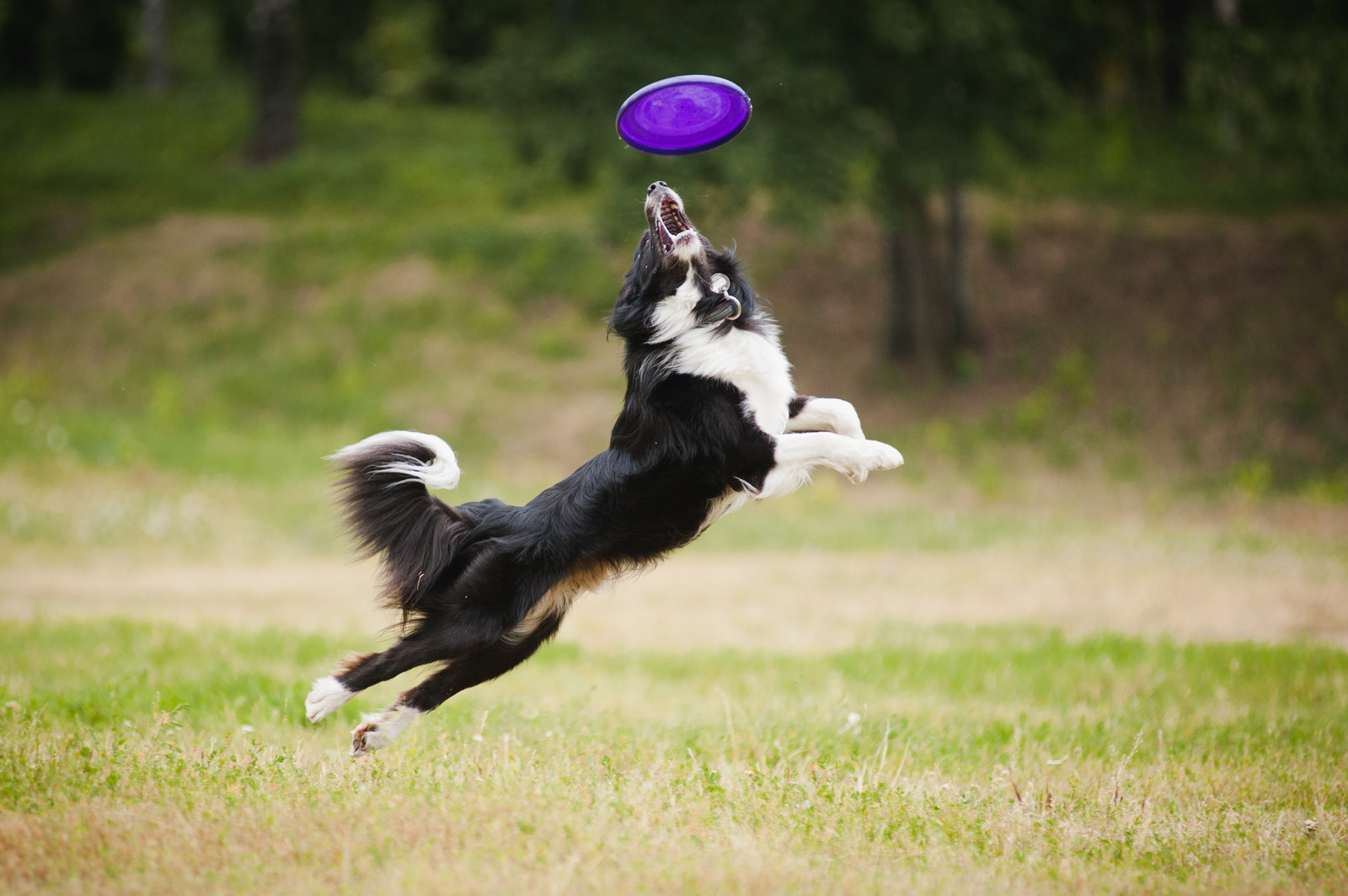Dog Emergency Kit – Every Pet Owner Should Have One
Dog Emergency Kit
Most dog owners know how important it is to take certain safety precautions in case their furry family member needs their help.
However, It’s hard to be prepared for every situation that could potentially occur. Therefore, having a dog emergency kit that contains:
- Paperwork
- Hydrogen Peroxide
- Antibiotic Ointment
- Ice Packs
- Gauze
- Scissors
- Tape
- Rubber Gloves
- A Towel or Blanket
Having all of the above essentials is a handy way to fix problems fast and eliminate any unnecessary stress on you and your canine.
Dog Emergency Kit Paperwork:
Keeping a hard copy of medical records and emergency phone numbers is important to have ready at all times in case you have to rush your dog to the vet. This is especially necessary to have prepared for a dog sitter since they may not have the knowledge needed to get your dog proper medical attention.
Hydrogen Peroxide:
Hydrogen peroxide can be used to help your dog vomit if they have ingested something harmful or toxic. It’s important to contact your vet before inducing vomiting. It’s also crucial to obtain clear and accurate instructions on how to do so.
Antibiotic Ointment:
Since many dogs love playing outdoors and going on walks it’s not uncommon for them to get scratches and cuts. Therefore, having antibiotic ointment in your emergency kit is a must.
Using antibiotic ointment on a scratch or cut can prevent:
- Infections
- Reduce pain
- Protect the injury from germs and bacteria.
Ice Packs:
Ice packs are important to have ready in case your dog has been injured or is recovering from a surgery. Cryotherapy can quickly reduce pain, muscle spasms, inflammation, and swelling. Placing cold packs to the area for at least 10 to 15 minutes will make a huge difference for your pet.
Kelley’s Therapeutic Garments with pockets for the insertion of ice or heat packs is an ideal product to include in your dogs emergency kit.
Gauze, Scissors, Tape, Rubber Gloves:
If your dog has an injury that causes bleeding, having the proper items to bandage your pup up will save you a lot of time and hassle. Having gloves and sanitized tools are important for you and your dog to prevent germs and bacteria from making your dogs injury worse.
A Towel or Blanket:
A towel or blanket can come in handy in many different situations.
- They could be very useful if your dog needs to be comforted. because they are nervous or scared.
- The dog needs to be warmed up.
- Or the dog needs a safe surface to stand on to protect it’s paws from a surface that is too hot or covered in rocks.







